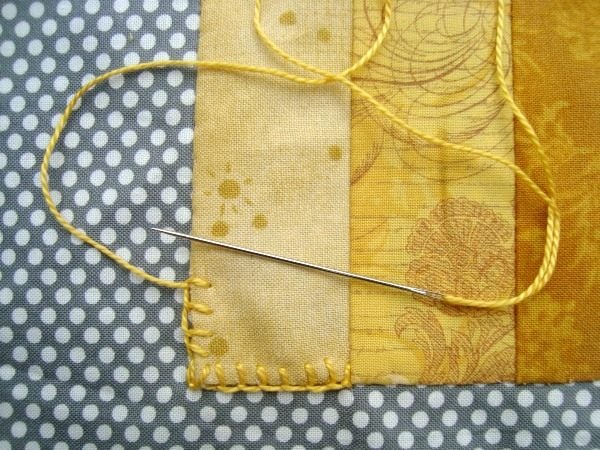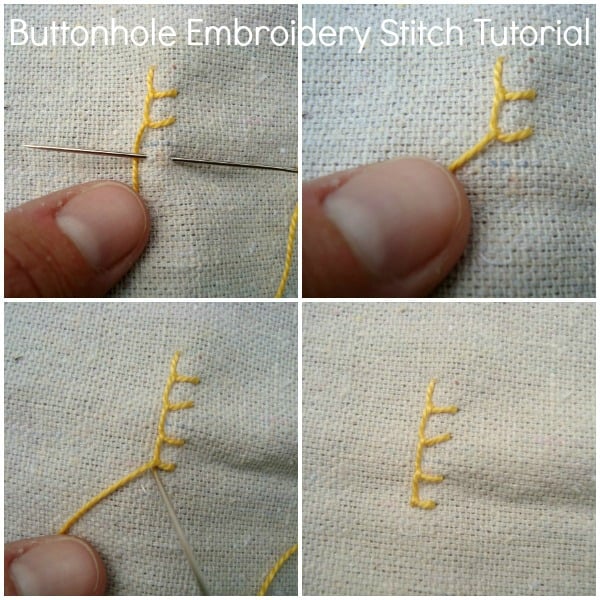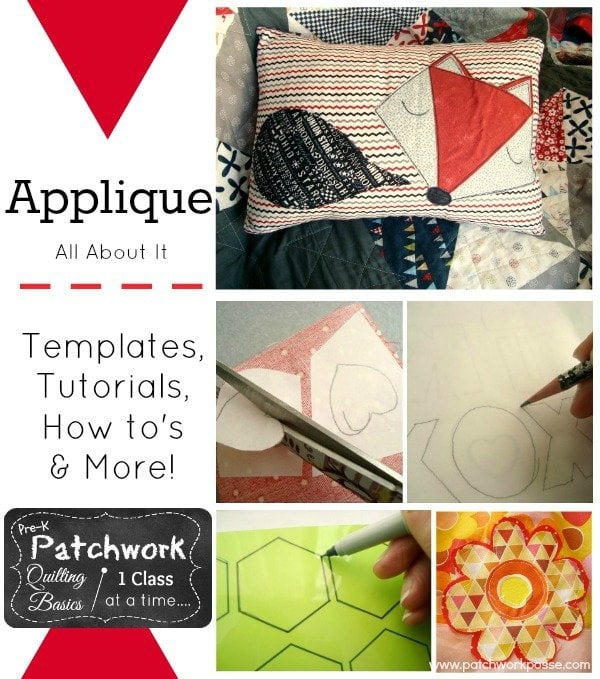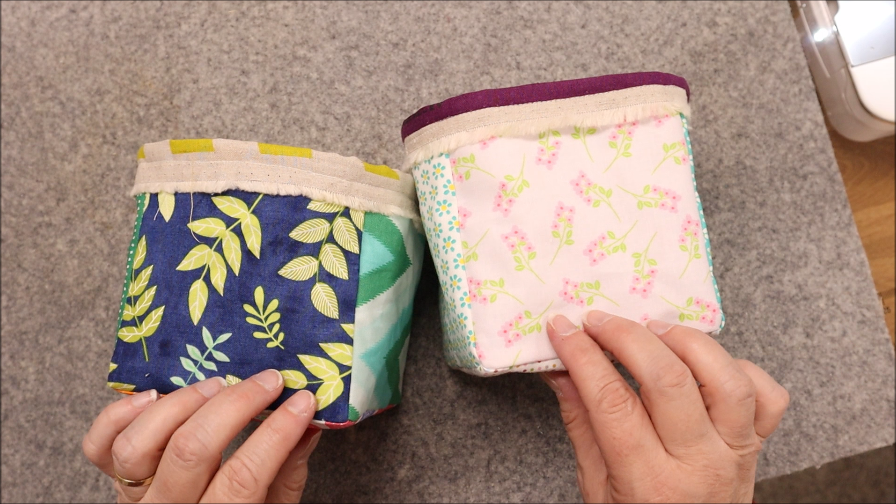
Learn how to button hole stitch – great for finishing your applique. Simple to learn and sew! Video tutorial will show you how.
The button hole stitch is a great stitch for finishing off your applique. Whether the applique has a raw edge or a finished edge– it doesn’t really matter.
This hand stitch is a great way to keep all the look edges together, and is easy to take with you and stitch on the go.

Materials Needed for the Button Hole Stitch – hand sewing:
- DMC floss (or your favorite applique thread) In this video I used 2 strands of floss
- Needle
When it comes to achieving the perfect buttonhole stitch for your applique projects, using the right tools and materials is crucial. Here are my recommendations based on experience and what I’ve found works best:
Threads That Work the Best
For a clean and durable buttonhole stitch, I recommend using high-quality embroidery floss or cotton thread. Here’s what to consider:
- Embroidery Floss: Brands like DMC offer a wide range of colors and are known for their strength and smooth finish. Using all six strands of floss will give a bold, defined look, while fewer strands can create a more delicate finish.
- Cotton Thread: If you prefer a more subtle stitch, high-quality cotton thread works well. Look for brands like Aurifil or Gutermann, which provide strong, lint-free threads that glide smoothly through fabric.
The Best Needles for This Embroidery Stitch
Choosing the right needle can make a significant difference in your stitching experience. I suggest the following:
- Embroidery Needles: Sizes 7-10 are ideal for buttonhole stitches. They have a larger eye to accommodate multiple strands of floss and a sharp point for piercing fabric cleanly.
- Milliners Needles: These are great for more detailed work or when using finer threads. They are longer and make it easier to create consistent stitches.

Other Tools for Hand Sewing the Button Hole
In addition to threads and needles, a few other tools can enhance your stitching process:
- Embroidery Hoop: A 6-8 inch embroidery hoop helps keep your fabric taut, making it easier to achieve even stitches. Wooden hoops are sturdy and provide a good grip, while plastic ones can offer adjustable tension.
- Sharp Scissors: A small pair of embroidery scissors is essential for cleanly cutting threads and trimming fabric edges. Look for ones with sharp, pointed tips.
- Thread Conditioner: Using a thread conditioner like Thread Magic or beeswax can prevent tangling and make your thread glide more smoothly through the fabric.
- Fabric Marking Pen: A water-soluble or disappearing ink pen is useful for marking your design on the fabric without leaving permanent marks.

Button Hole Stitch Tutorial:
1- Start with your needle and thread coming out along the outside edge of the applique shape
2- Take your needle down inside the applique –this will determine your stitch depth, so make this consistent with each stitch
3- Wrap your thread around to the back of your needle — if you don’t do this your stitch will not stay and disappear to the backside!
4- Pull your thread to tighten the stitch
5- Repeat stitches 2-4 keeping them consistent in length and depth

Here’s a Video to help you see it in action:

Tips and Tricks for Hand-Sewn Button hole Applique
Hand-sewing buttonhole applique can be incredibly rewarding, and with a few tips and tricks, you can achieve beautiful, consistent results. Here’s what I’ve learned from my own stitching experience:
Consistency in Stitch Depth and Length
Maintaining consistency in stitch depth and length is crucial for a polished look. I always start by marking my stitching line lightly with a water-soluble pen. This helps me keep my stitches uniform. To ensure each stitch is the same size, I measure and mark equal intervals along the line. Practice is key—working on a scrap piece of fabric can help you get comfortable with maintaining even stitches.
Choosing the Right Thread and Needle
The thread and needle you choose can make a significant difference in your stitching experience and the final appearance of your project. I prefer using high-quality embroidery floss, such as DMC, for its strength and color variety. Typically, I use 2-3 strands of floss for a more delicate look, or all 6 strands for bolder stitches. As for needles, I find that embroidery needles (sizes 7-10) work best because they have a large eye to accommodate multiple strands of floss and a sharp point for easy fabric penetration.
How to Achieve Even Spacing
Achieving even spacing in your stitches can be tricky but is essential for a neat finish. To help with this, I use a ruler or a seam gauge to mark regular intervals along my stitching line. I also find that using a small hoop to keep the fabric taut helps maintain even tension, making it easier to create uniform stitches. Consistent hand positioning and steady, even pulling of the thread also contribute to achieving even spacing.
Troubleshooting Common Mistakes
Hand sewing comes with its own set of challenges, but here are some common issues and how I handle them:
- Puckering: Puckering can occur if the thread tension is too tight. To avoid this, I make sure to pull the thread gently and evenly through the fabric. If puckering does happen, gently tugging the fabric can help relax the stitches.
- Fraying Thread: Thread can fray with frequent use. Using a thread conditioner like beeswax can help prevent this, making the thread easier to work with and more durable.
- Inconsistent Stitches: If my stitches are inconsistent, I take a step back and practice on a scrap piece of fabric. Paying close attention to my hand movements and adjusting my technique usually helps me get back on track.
Learn more about applique here!

Interested in other kinds of stitching around your applique?
Button hole stitch- by sewing machine
Other ways to finish your applique
Have any hints for using this stitch?
Becky Jorgensen is the creative quilter behind Patchwork Posse, the Patchwork Planner and her online quilt group Patchworkers Plus. You can find her patterns in books, magazines, and her quilt membership. Gather your quilting supplies, organize your sewing space, explore the process of disappearing quilt blocks, or finish a free quilt pattern. I'll help you use what you have, finish what you start and make your quilting journey fun!
Follow me here: Facebook, Pinterest, YouTube






